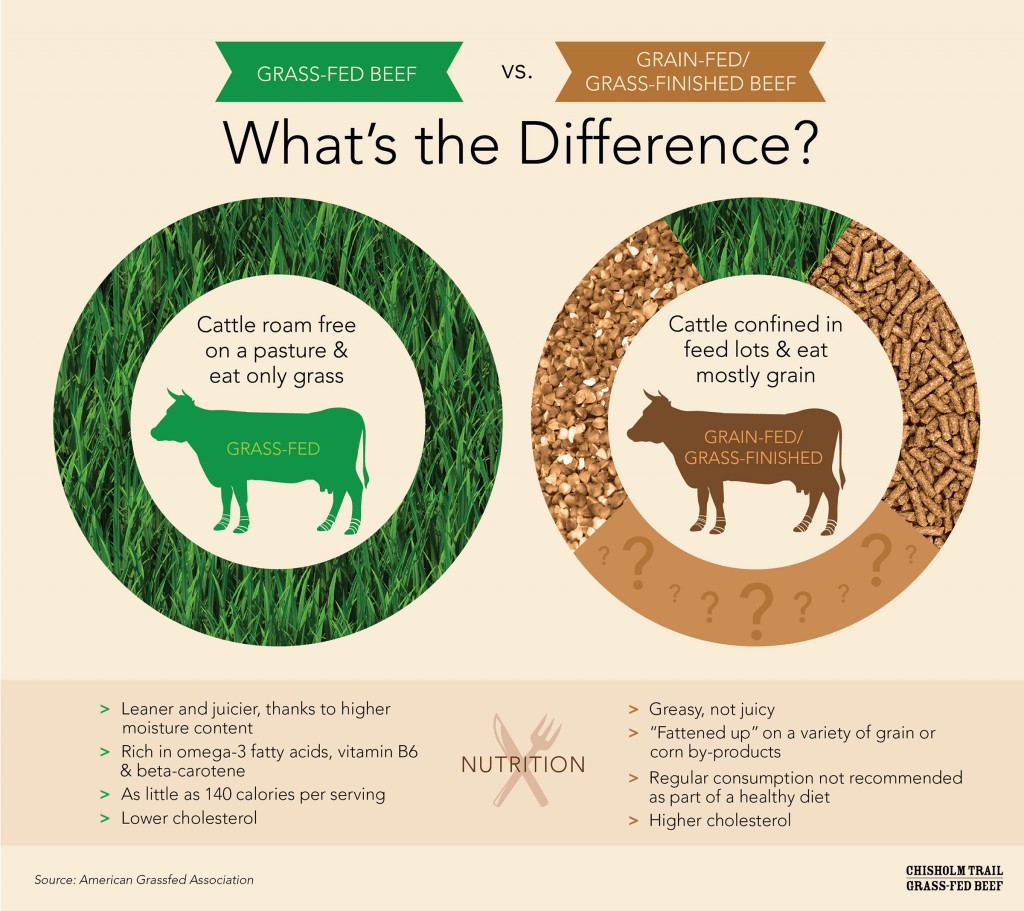Advantages And Disadvantages Of Continuous Grazing. Each grazing system has advantages and disadvantages. Kick the cattle out on grass and maybe check on them every so often. Rotational grazing implies only one section of pasture is grazed at. there are two main types of grazing systems that could be utilized: Least management input of all the grazing systems, since the animals are placed in a camp and remain there for the growing season of the pasture.

Grazing pressure is adjusted by adding or subtracting animals or temporarily fencing off areas for hay harvest. Accessed through the farm map, you’ll get information such. Continuous grazing is a method of grazing livestock on a specific unit of land, where the animals have continuous, unrestricted access to the rangeland throughout the year. Advantages And Disadvantages Of Continuous Grazing the advantages of continuous grazing include the following: Accessed through the farm map, you’ll get information such. Advantages to continuous grazing include very little time and infrastructure invested.
grain fed beef vs. grass fed beef Seeking the truth about food
Each grazing system has advantages and disadvantages. Rotational grazing implies only one section of pasture is grazed at. continuous grazing involves a large area that the animals graze on for a long period of time. continuous or rotational grazing? 2021) and mechanistic and empirical expectations that rest periods. improved grass productivity or growth rate was the most frequently cited advantage across respondents (table s1), aligning with findings from a farmer survey in the usa (wang et al. the advantages of continuous grazing include the following: Advantages And Disadvantages Of Continuous Grazing.